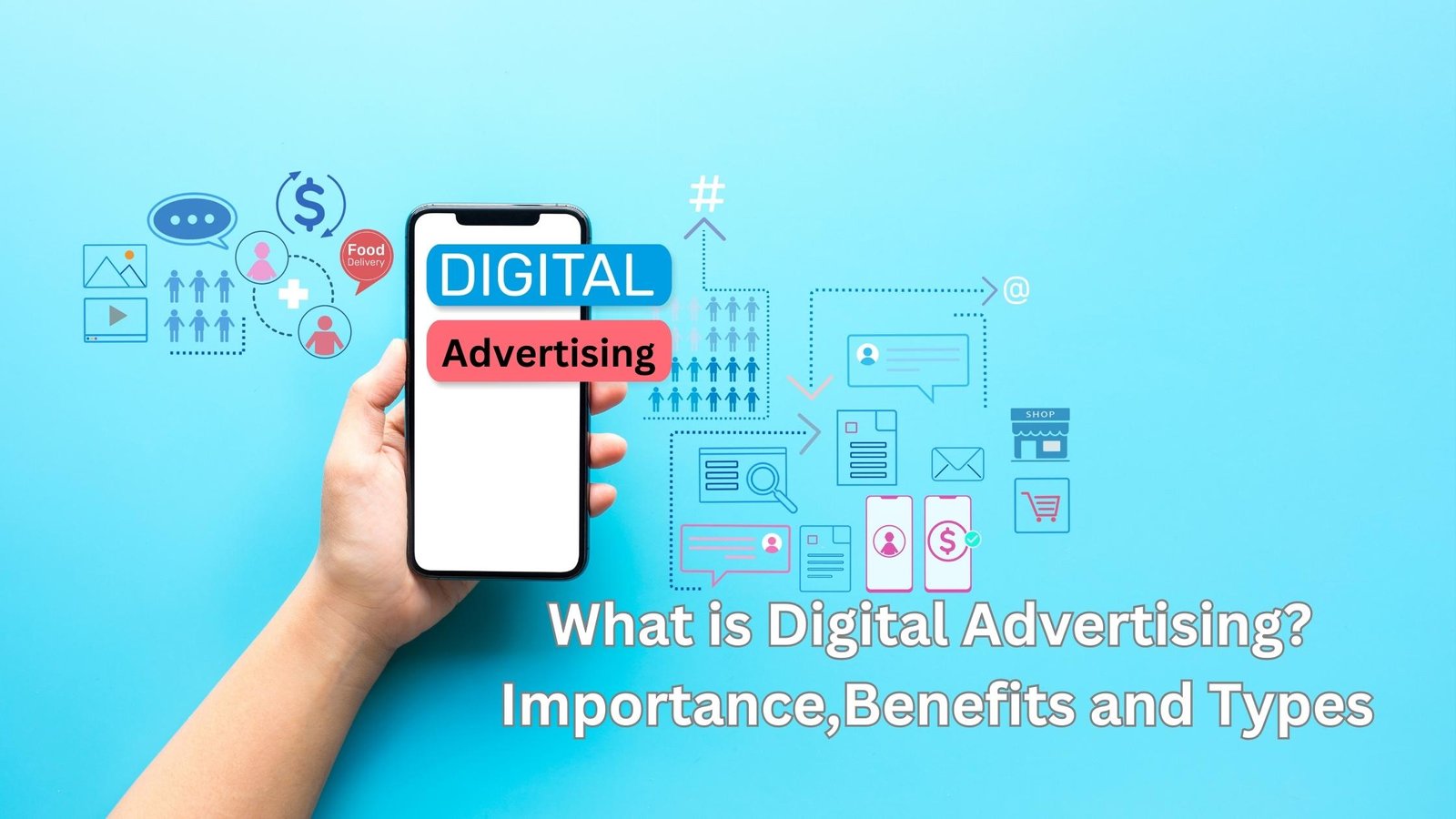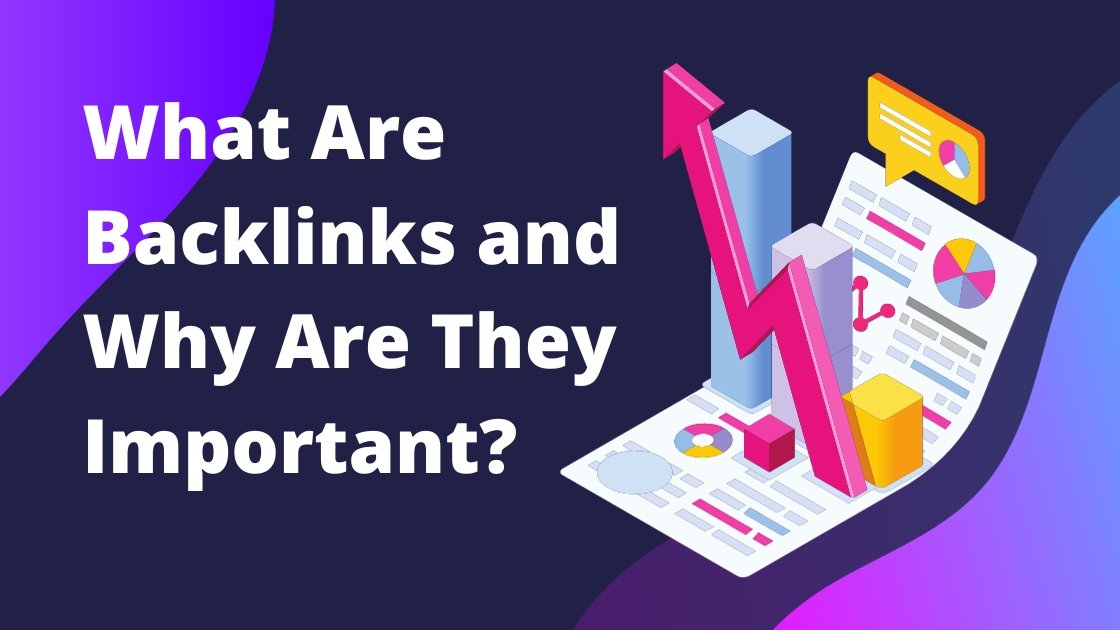In the ever-evolving landscape of marketing, digital advertising has emerged as a dominant force, revolutionizing the way businesses reach their target audience. With its expansive reach and dynamic capabilities, digital advertising has become an indispensable tool for businesses aiming to thrive in the modern marketplace. This article delves into the intricacies of digital advertising, highlighting its significance, benefits, distinctions from traditional advertising, and the various channels that propel its success.
What is Digital Advertising?
Digital advertising refers to the promotion of products or services using digital technologies and platforms. It encompasses a wide array of techniques, including display advertising, social media advertising, search engine marketing, and email marketing, among others. Leveraging the power of the internet, digital advertising allows businesses to connect with their target audience in a more personalized and direct manner.
Why is Digital Advertising Important?
In today’s digital age, the significance of digital advertising cannot be overstated. It offers a global reach, enabling businesses to transcend geographical barriers and connect with potential customers worldwide. Moreover, digital advertising facilitates precise targeting, allowing businesses to tailor their marketing efforts based on specific demographics, interests, and online behaviors, thereby enhancing the efficiency and effectiveness of their campaigns.
What Are the Benefits of Digital Advertising?
Enhanced Targeting Capabilities
Digital advertising allows for precise targeting based on demographics, interests, and online behavior, ensuring that advertisements reach the most relevant audiences. This targeting capability increases the likelihood of conversions and minimizes advertising costs by eliminating wasteful spending on irrelevant audiences.
Measurable and Trackable Results
Digital advertising provides comprehensive metrics and analytics that allow advertisers to measure the effectiveness of their campaigns in real-time. Key performance indicators such as impressions, clicks, conversions, and customer engagement can be tracked, analyzed, and optimized to improve the overall return on investment (ROI) of the marketing efforts.
Cost-Effectiveness and Flexibility
Compared to traditional advertising methods, digital advertising is often more cost-effective, allowing businesses of all sizes to create and execute campaigns within their budget constraints. Additionally, digital platforms offer the flexibility to adjust advertising strategies and budgets in real-time, enabling advertisers to optimize their campaigns for better results.
Global Reach and Accessibility
Digital advertising transcends geographical boundaries, enabling businesses to reach a global audience easily. With the proliferation of the internet and the widespread use of digital devices, advertisers can engage with potential customers across various platforms, including websites, social media, search engines, and mobile apps, thereby expanding their brand’s reach and visibility on a global scale.
Differences Between Traditional and Digital Advertising
Traditional advertising predominantly relies on print, television, and radio, often targeting a mass audience without the ability to personalize messages. In contrast, digital advertising offers unparalleled flexibility and customization, allowing businesses to tailor their campaigns to specific demographics and interests. Additionally, digital advertising provides real-time analytics, enabling businesses to track the performance of their campaigns instantaneously, which is not possible with traditional advertising methods.
Different Types of Digital Advertising Channels
Digital advertising channels are diverse and dynamic, catering to various business objectives and target audiences. These channels include:
Search Engine Marketing (SEM) / Search advertising
Search advertising, or search engine marketing (SEM), involves text-based ads displayed alongside or above organic search results on search engine results pages (SERPs). These ads are designed to be relevant to the user’s search query, enhancing visibility and driving targeted traffic to the advertiser’s website.
Social Media Advertising
Social media advertising involves leveraging social media platforms for targeted advertising and sponsored content to engage with the audience. These ads are prominently featured within various social media platforms like Twitter and LinkedIn, aiming to capture users’ attention and drive engagement with the brand.
Display Advertising
Display advertising utilizes text, images, or animations to create online ads that can be displayed on websites, apps, and various devices. These ads are typically integrated into or placed adjacent to the content of a webpage, aiming to capture the attention of the audience and promote engagement with the brand.
Email Marketing
Email marketing involves personalized communication with potential and existing customers through tailored email campaigns. This strategy is used to promote products, services, or special offers, aiming to build relationships, enhance customer loyalty, and drive conversions through effective messaging and targeted content.
PPC (Pay-Per-Click) Advertising
PPC (Pay-Per-Click) advertising is an online advertising model where advertisers pay a fee each time their ad is clicked by a user. It’s a cost-effective way to drive traffic to websites, and it’s commonly used on search engines and social media platforms to boost visibility and generate leads.
How to Find a Digital Advertising Agency Near You
Start by researching local agencies, examining their portfolios, and reading client reviews. If you’re in Myrtle Beach or any other location, start by searching for “digital advertising in Myrtle Beach” or “marketing agency near you” online. This simple search can reveal local options. Opting for a local agency allows for a better understanding of the regional market dynamics, providing more personalized services. Arrange meetings or consultations to ensure their strategies align with your advertising needs and objectives.
In conclusion, digital advertising has redefined the landscape of modern marketing, offering businesses unprecedented opportunities to expand their reach, engage with their audience, and achieve tangible results. Its ability to facilitate targeted communication, real-time analytics, and cost-effective campaigns makes it an indispensable tool for businesses seeking to thrive in the digital age. By harnessing the power of various digital advertising channels, businesses can create impactful and personalized campaigns that resonate with their target audience, thereby fostering long-term relationships and driving sustainable growth.


